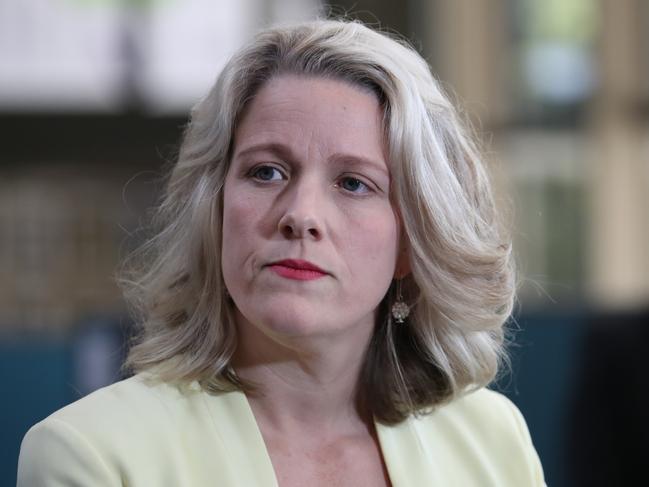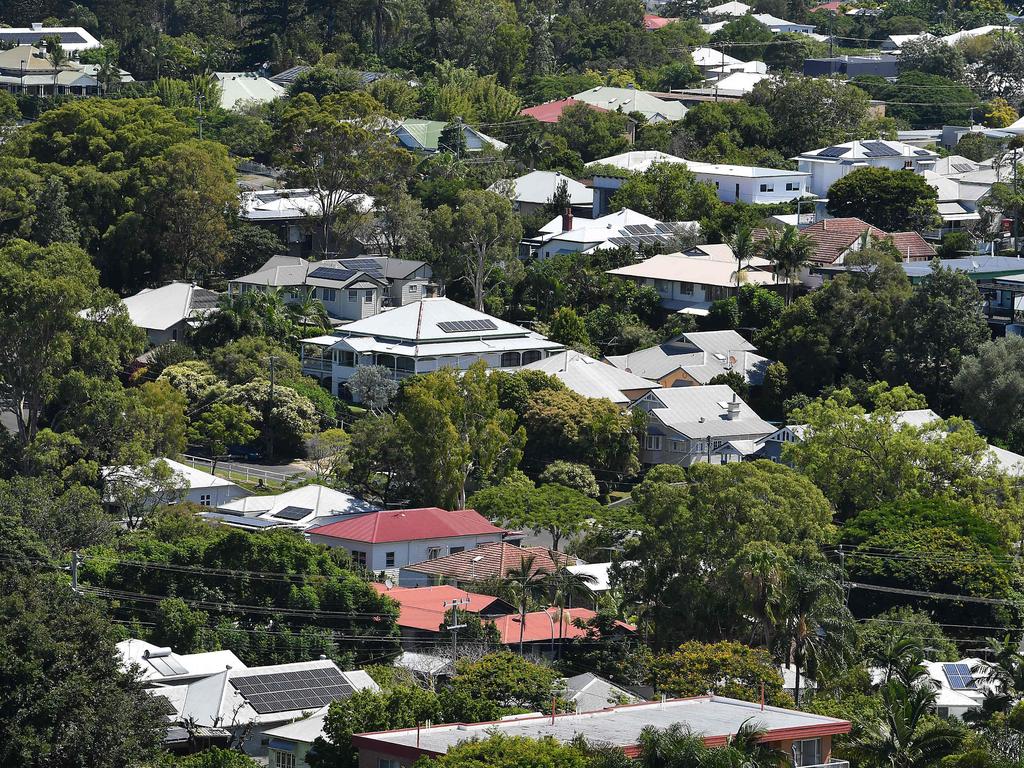‘Broken’ migration system faces Albanese government overhaul
Migration faces the biggest reforms in a generation, with Labor overhauling occupation lists, permanent residency pathways to attract skilled workers.

Australia’s “broken” migration system will undergo its biggest reforms in a generation, with the Albanese government moving to overhaul skilled occupation lists that don’t meet labour needs, create permanent residency pathways for temporary visa holders and attract highly skilled migrants to modernise the workforce.
Home Affairs Minister Clare O’Neil on Thursday will release a 190-page review into the migration system that focuses on skilled labour needs to support the transition to a net-zero economy, getting more migrants into regional Australia and building a stronger workforce in critical and sovereign capabilities.

The seven-month review, led by Martin Parkinson, a former secretary of both Treasury and the Department of Prime Minister and Cabinet, includes about 40 reform directions that will lead the federal government’s shake-up of the migration system.
Amid growing global competition for skilled migrants, the review describes the existing system as “not effectively targeted to either current or future needs” and failing to address current or anticipated skilled labour needs.
The review panel, which included temporary labour migration legal expert Joanna Howe and former senior Deloitte partner John Azarias, also raises concerns about Australia’s inability to retain international students post-study and long delays in family reunion visa processing.
In addition to prioritising the net-zero economy and critical and sovereign capabilities, the review said there was “evidence of growing labour shortages in lower-paid occupations, particularly in the care sector” and “Australia lacks an explicit migration policy focusing on lower paid workers”.
The review says there is “widespread evidence that temporary migrant workers are exploited and aspects of the migration system heighten the risk”. It recommends that the salary threshold for employer-sponsored visas should be raised.
The Australian understands an organisational restructure of the Department of Home Affairs will be announced in coming weeks, ensuring that it is fit-for-purpose and leading the government’s migration and cyber security reform agendas. The review says the migration system needs “high-performing ICT systems to meet Australia’s needs” and that Home Affairs’ ICT systems are outdated.
In an address to the National Press Club, Ms O’Neil will pledge to fix the “broken” system and focus on getting the right skilled workers into the country to match worsening workforce gaps.
The review of the migration system was announced following the jobs and skills summit last September, when the government lifted the 2022-23 permanent migration program to 195,000 places.
Ms O’Neil will say that the review, which included consultation with unions and business, must reshape Australia’s thinking beyond migration caps and incrementalism. The Home Affairs Minister will use the review to outline reforms, elements of which are expected to be reflected in the May 9 budget, that don’t continue generational failure of Australians and migrants.
After the Albanese government announced it would build a new skilled defence workforce to support the $368bn AUKUS submarines deal, Ms O’Neil will commit to a migration system that confronts the unprecedented geopolitical circumstances and the need to strengthen sovereign capabilities.
The Parkinson review warns about the “growing international competition for highly skilled migrants” and Australia falling behind “without more innovative and attractive visa products and service delivery”.
“The skilled occupation lists underpinning the employer sponsorship programs are outdated and lack a strong evidence base. They do not reflect current or anticipated skilled labour needs,” the review says.
The migration reform blueprint says while successive governments have closely managed the permanent program, the temporary migrant cohort has been “demand-driven” and has doubled in size since 2007 and now stands at 1.8 million people.
“Australia does not want to become a nation of ‘permanently temporary’ residents,” it says. “While there is a place for genuinely temporary migration in Australia, there has been a rise in permanently temporary migration. That has caused harm to Australia and to migrants, and undermined community confidence in the migration system.”
The review authors identify three contributors to the spike, including a “reduction in clear pathways to permanent residence for key cohorts (particularly students)”.
“Had they been asked, it is hard to conceive of Australians willingly agreeing to the creation of a permanently temporary cohort of workers, akin to guest-workers seen in some other countries,” the authors say.
On retaining more international students in the workforce, the review says not enough has been done on “capturing the best and brightest”.
“Various student and temporary graduate visa settings inhibit students’ opportunity and ability to show they can succeed in the Australian labour market,” it says.
“International students struggle with the transition into the labour market post-study and are often employed below their skill level.
“Extending the duration of graduate work rights may not fully address the underlying reason many struggle to transition … Australia is letting too many former students become permanently temporary by not identifying those with the greatest potential for success.”
The review says while family reunions are an “important component of a strong and stable community”, families are waiting for parent visas that do not materialise.
It warns that failing to facilitate secondary skilled migrants and family program migrants into the workforce or to social ventures “means Australia fails to use often highly skilled and effective potential contributors to society”.
The review authors say visa programs have “not been effective in encouraging migrants to settle in regional Australia”, and recommends better planning, housing, infrastructure and service provision to make the regions more attractive.
They are also critical of the migration system failing to “build diaspora communities from our closest neighbours in Southeast Asia and the Pacific”.








To join the conversation, please log in. Don't have an account? Register
Join the conversation, you are commenting as Logout